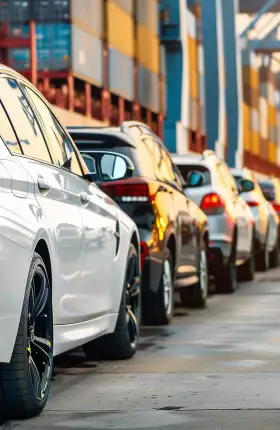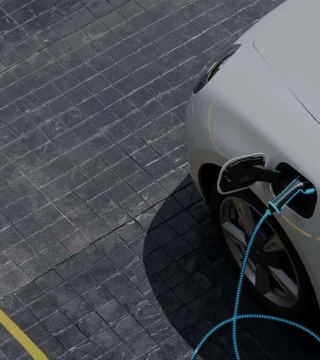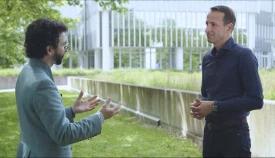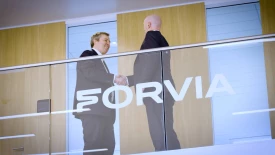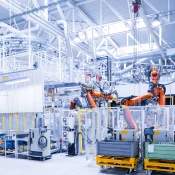Our Approach to Automotive Strategy
The automotive industry is shifting rapidly, propelled by new ideas and possibilities. BCG helps companies turn inspiration into innovation, creating the vision that takes them—and the industry—even further, while building the resilience to respond quickly to challenges and uncertainty, such as volatile supply chains. We partner with clients to create a next-generation automotive strategy that accelerates the journey to sustainable mobility and electrifies the future, as well as the cars themselves. And we empower them to seize new opportunities long after we’ve left the scene.
Collaboration and enablement are at the heart of our automotive consulting work. So is our holistic approach. With more than 1,100 experts around the globe and across the value chain, we help companies both new and old develop connected and autonomous vehicles, pursue new businesses, and launch large-scale automotive digital transformation projects. Five key themes stand out:
The Transition to Electric Vehicles
Software-Defined Vehicles
The Power of AI
Supply Chain Resilience
Business Model Innovation
Our Clients’ Success in the Automotive Industry
We work with OEMs, suppliers, retailers, and other players across the automotive value chain to shape the journey to sustainable mobility. Our automotive consulting services have been integral in launching new vehicle manufacturers, transforming established players, and guiding some of the industry’s most successful mergers and automotive digital transformation projects. Here are some examples.



Our Solutions for the Automotive Industry

Auto AI by BCG X
Auto AI by BCG X
Manufacturing AI by BCG X
Manufacturing AI by BCG X
Watch BCG X’s Andrej Levin explain how his own childhood passions led to the creation of Auto AI and how the industry is already benefiting from our transformative offering.
Explore Our Insights on the Automotive Industry
